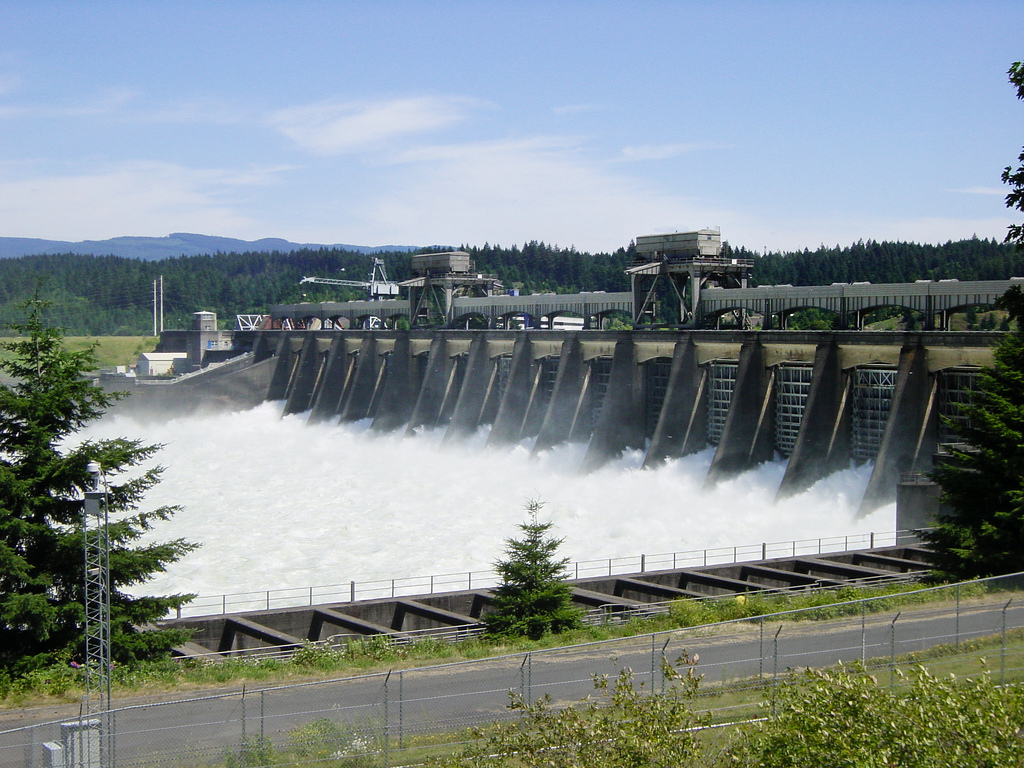Technically, there is significant potential for hydropower in Africa. There are, however, two constraints to realizing this potential, commercial viability and lack of political structures.
The current demand for power in sub-Saharan Africa is about 100GW of which 22% is supplied by hydro, with future demand predicted at 385GW by 2040 of which 26% is projected to be provided by hydro.
These projections imply that about 80GW of hydropower in Africa is to be added in the next 24 years, which amounts to about 3GW per year. This is a substantial rate of development, which will require significant investment to achieve.
African power pools
Considering the five major power pools on the continent – Central Africa (established 2003), Southern Africa (established 1995), West Africa (established 2001), East Africa (established 2005) and COMELEC (North Africa; established 1989) – 75% of the electricity mix resides in the northern and southern African power pool systems with South Africa being one of the largest contributors.
Generation in these power pools is predominantly thermal (oil and coal) based. Much of the hydropower potential resides in the central, western and eastern power pools and remains undeveloped.
In addition, some of the power plants on the continent were built by former colonial powers and minimal upgrades have been conducted since then, reducing the effective power output to well below the potential initially installed.
Also Read:Top 3 controversial hydropower dam projects
Financial viability
Although there is technical potential to satisfy much of future planned demand, development prospects are limited by the financial viability of the projects.
Many of Africa’s cash strapped governments turn to the private sector for some form of public-private partnership (PPP) arrangements for investment yet many do not have robust PPP frameworks in place.
The private sector, however, makes decisions based on factors such as political stability, supportive legal framework and return on investment (ROI) and their implications for costs and tariffs. The private sector’s expectation of an acceptable ROI is often in conflict with governments’ desire to keep tariffs as low as possible.
Projects are often financed with a combination of equity and debt funding and investment is made on the basis of proven bankability. Herein lies the major issue.
Social impact
While maintenance of hydropower plants and the average cost of producing hydropower in Africa is relatively low, the projects require high upfront capital to build dams, and power plants, and in some instances underground caverns and tunnels. Development times can be long, especially if a dam needs to be built.
This has a social impact as dam building can mean inundating large areas with water and displacing communities, which has to be carefully handled to ensure sustainability of both the project and the displaced community.
Feasibility Study
As many governments do not have the funds to undertake feasibility studies and fund hydropower developments themselves, they may extend rights to developers to ‘conduct a study’ on a specific scheme. In considering a hydropower project, developers usually start with a reconnaissance phase followed by a pre-feasibility study and eventually a bankability feasibility study – all at their own cost.
The cost of such studies vary, depending on the amount of information available and the complexity of the project, but can be in the order of $2m or about 1% of the estimated capital cost of the project. This high cost represents a substantial risk to potential developers and in the face of high uncertainty of securing a bankable project, is a major barrier to development.
Development agency model
A model that enjoys a degree of success is the involvement of development agencies such as the World Bank or African-based development banks in funding the initial studies. This takes some weight off private developers and helps unlock projects on the continent.
Investment at this level is, however, fairly limited and needs to be accelerated if the kind of growth agencies are projecting for hydropower development in Africa is going to be realized.
Once a bankable feasibility study exists, private equity investors and operators are prepared to get involved, but it is the cost and process to get there that is a deterrent. This is where donor organizations and other funding bodies can play a greater part.
While most of the identified hydropower projects are technically feasible, when the commercial aspect is considered, only a portion of them are commercially feasible. The many challenges faced by hydropower in Africa can be overcome if proper governance and frameworks are put into place and donor and other funding bodies get involved in bringing the projects to bankable feasibility stage.

